Jonathan Tay
1st Year Intern
What does ‘bussin’, ‘cheugy’, ‘highkey’, and ‘finna’ mean? If you’re like most people, you may be unfamiliar with these terms. Take heart, as only about 18%1 of the population in Victoria, those born between 1997-2012 otherwise known as Gen Z, will have used these terms in their vernacular. Other generations take pride in their own generation specific lingo and traits, however whether that is on trend remains up for debate…depending on who you ask. It’s inevitable that when the generational topic is raised, there may be a sense of competition between generations, sometimes even resentment towards older generations for making critical decisions impacting the later generations. This is evident in healthcare.
Earlier this year, I was fortunate to attend a presentation by demographer, Simon Kuestenmacher, at the start of my current internship placement, which inspired me to delve deeper into intergenerational aspects of the healthcare workforce. In his presentation, he highlighted the need to understand intergenerational differences and conflicts to identify different consumer preferences. In describing each generation, Simon identified that within the next decade, Gen X would become the most influential and important generation as they move into leadership and senior positions slowly vacated by Boomers, Gen Y will become the majority within the workforce and therefore cannot be misunderstood in order to mitigate significant consequences, while Gen Z need to be shown how their ‘small’ contributions fit into bigger systems due to the nature of their generational upbringing. So, what are the implications of these insights and this blend of generations in our healthcare workforce over the next few years?
Benefits
A mix of generations within teams bring a wealth of experiences, perspectives, and skills. Older generations often possess deep clinical knowledge and institutional memory, while younger generations are more tech-savvy and adaptable to change. The collision of different generations can also spark creativity and innovation. Older generations can provide stability and wisdom, while younger generations can bring fresh ideas and enthusiasm. Additionally, a diverse workforce can better understand and cater to the needs of a diverse patient population. Different generations may have different communication styles and approaches to care, allowing for a more personalised and patient-centred experience. When managed effectively, intergenerational teams can foster a sense of camaraderie, mutual respect, and collaboration. This can lead to increased job satisfaction, reduced turnover, and improved team performance.2
Challenges
While there are advantages to intergenerational teams, disadvantages must also be considered. Different generations often have distinct communication styles and preferences, as alluded to at the start of this article. Misunderstandings can arise if these differences are not acknowledged and addressed. Preconceived notions about different generations can also hinder effective collaboration, therefore it is important to challenge stereotypes and recognise individual differences. Relatedly, different generations may have varying expectations regarding work-life balance and finding a balance that accommodates the needs of all generations can be challenging. Additionally, older generations may require additional training to adapt to new technologies, while younger generations may need guidance on navigating complex healthcare systems.2,3
Strategies for Success
Accounting for the benefits and challenges, healthcare organisations need to approach the multigenerational aspect with caution and foresight. Organisations need to encourage open and honest communication among team members and create avenues for intergenerational dialogue and feedback. There is an opportunity to leverage experienced professionals by pairing them with younger colleagues to facilitate and accelerate knowledge sharing and skill development. Similarly, reverse mentorship is also a known approach for enhancing employee development.4 As we have experienced over the past five years, flexible work arrangements are essential to accommodate the diverse needs of different generations. It is also crucial to provide ongoing training and development opportunities to ensure that all employees have the skills and knowledge they need to succeed. Organisations also need to implement effective conflict resolution strategies to address any issues that may arise between generations.2,3
In closing, the modern workplace is a fascinating blend of generations, each with its unique strengths, weaknesses, and perspectives. As discussed above, this intergenerational workforce presents both challenges and opportunities for organisations. By embracing the diversity of an intergenerational workforce and implementing effective strategies, healthcare organisations can leverage the advantages of intergenerational interactions and create a more innovative, resilient, and patient centred environment.5 Therefore, as healthcare managers, it is prudent to account for generational diversity and plan strategically, to safeguard the future and sustainability of healthcare; and as a bonus, Gen Z lingo will become second nature in our pursuit of a ‘highkey’ ‘bussin’ healthcare.
References
1. Australian Bureau of Statistics. Victoria 2021 Census All persons QuickStats
[Internet]. Canberra (AU): Australian Bureau of Statistics; 2021. Available from:
https://www.abs.gov.au/census/find-census-data/quickstats/2021/2
2. Boatman A. Understanding Today’s Multigenerational Workforce: Benefits,
Challenges, and 9 Best Management Practices [Internet]. Rotterdam (NL): Academy
to Innovate HR. Available from: https://www.aihr.com/blog/multigenerationalworkforce/
3. Iqbal A. Understanding intergenerational collaboration: exploring challenges and
collaboration strategies in the multigenerational workforce. Economics Business
and Organization Research. 2024;6(1):15-43.
4. Madhavanprabhakaran G, Francis F, Labrague LJ. Reverse mentoring and
intergenerational learning in nursing: bridging generational diversity. Sultan Qaboos
University Medical Journal. 2022 Nov;22(4):472.
5. Graystone R. How to build a positive, multigenerational workforce. JONA: The
Journal of Nursing Administration. 2019 Jan 1;49(1):4-5.
